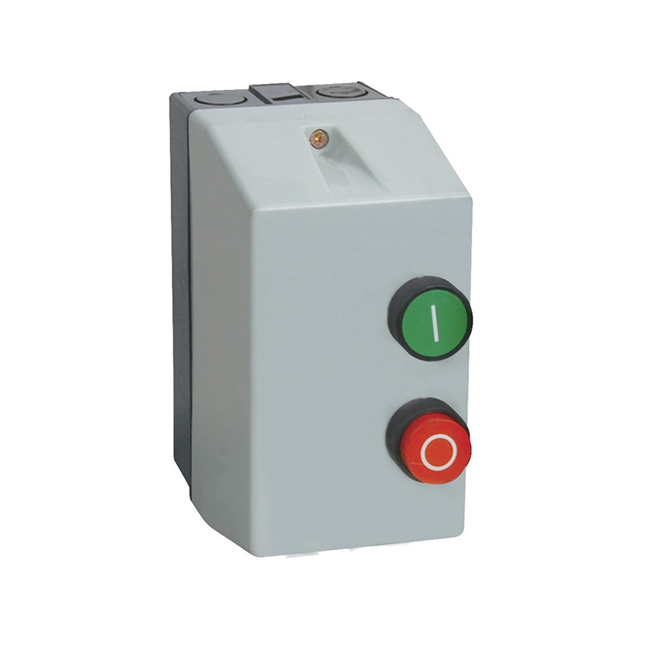OLED technology is currently the most mature self-luminous display solution, offering precise pixel control. It has captured the attention of 13 major TV manufacturers worldwide, who actively promote OLED TVs and have gained a strong following among high-end consumers. Meanwhile, the industry widely acknowledges that LCD technology is on its way out. Major players in both upstream and downstream sectors have already begun preparing for the next generation of display technologies, aiming to lead the new era.
For example, LG Display started developing its OLED strategy as early as 2013, while Samsung and TCL have been investing heavily in quantum dot (QLED) technology. Hisense, on the other hand, launched laser TV products back in 2014, showing its long-term vision. As for QLED, companies like Samsung (which acquired QD Vision) and TCL (through Hua Xing Optoelectronics) are pushing hard to break free from the limitations of LCD and capture the future market.
Laser TVs have sparked a lot of interest, but they remain confusing due to the sheer number of brands and concepts. This lack of clarity has created chaos in the market. However, only one company—Hisense—has shown the strength and determination to become a true leader in this space. Since 2007, Hisense has been working on laser display technology, even when others gave up. In 2014, it launched its first laser TV, offering an immersive large-screen experience that stood out in the market.
Some may think that Hisense’s focus is still on LCD TVs, but the company has made it clear that it sees laser TVs as the future. Dr. Xianxin Xian, Deputy General Manager of Hisense Laser Display Co., Ltd., believes that laser TVs could eventually replace LCDs. To achieve this, Hisense has been scaling down sizes from 120 inches to 80 inches and even exploring 70-inch models, making the technology more accessible.
One interesting trend is that larger LCD TVs are significantly more expensive, while laser TVs become cheaper as their size decreases. With ongoing technological improvements and cost reductions, laser TVs offer advantages such as eye protection, compact design, and better space efficiency. These factors make it plausible that laser TVs could one day replace traditional LCDs.
However, there are still challenges. The quality of laser displays lags behind that of mainstream LCDs, not to mention high-end OLED or QLED options. Many manufacturers focus on brightness and size without addressing overall image quality. Hisense, however, sets a benchmark by ensuring its laser TVs meet or exceed LCD standards in lab tests, with excellent service life and performance.
The laser TV market holds massive potential. While global TV sales reached 200 million units in 2016, the projection market was just 8 million units. This gap shows a huge opportunity for growth. Companies like Hisense, Mimi, Nuts, and Xiaomi are entering the space, driven by optimism about the future of laser display technology.
In addition, new forms of TV, like wallpaper OLED and screen-sound OLED, are redefining what a television can be. Future TVs won’t just be bulky boxes—they’ll be sleek, smart, and integrated into our living spaces. Similarly, laser TVs have the potential to reshape the industry.
As we enter a new era of display technologies, OLED, QLED, and laser TVs are all competing for dominance. Each has its strengths, but none has fully taken over yet. While OLED is gaining traction, its production capacity is still limited. QLED is backed by strong players like Samsung and TCL, but it needs to prove itself in terms of quality and standardization. Laser TVs, despite being less popular now, offer unique advantages and a promising future.
Although LCD TVs still have a long lifecycle, they’re increasingly seen as low-end. The competition among display technologies is heating up, and the next few years will determine which one leads the market. For now, the battle is far from over.
Magnetic Starter is mainly applied to circuit of AC 50 or 60Hz,voltage up to 550V for far distance making and breaking circuit and frequent start and control motor. It has the features of small volume, light, weight, low power consumption, high efficiency, safe and reliable perfomance etc.
The types of Magnetic Starters are as following:
LC1-D Magnetic Starter
NEW Type Magnetic Starter
BLS-MB Magnetic Starter
Star-Delta Starter

Magnetic Starter,Magnetic Motor Starter,3 Phase Motor Starter,3 Phase Magnetic Starter
Ningbo Bond Industrial Electric Co., Ltd. , https://www.bondelectro.com